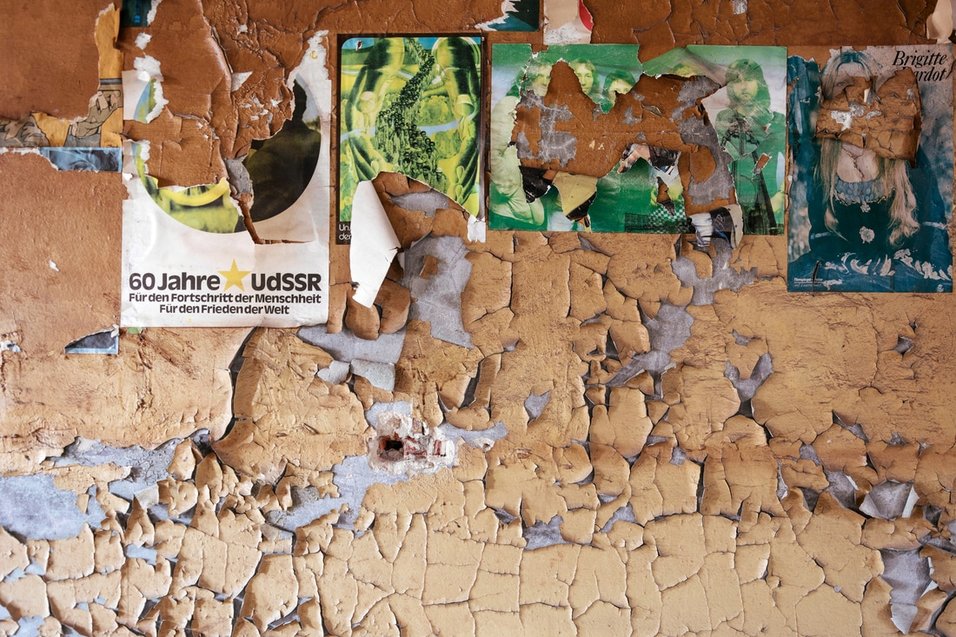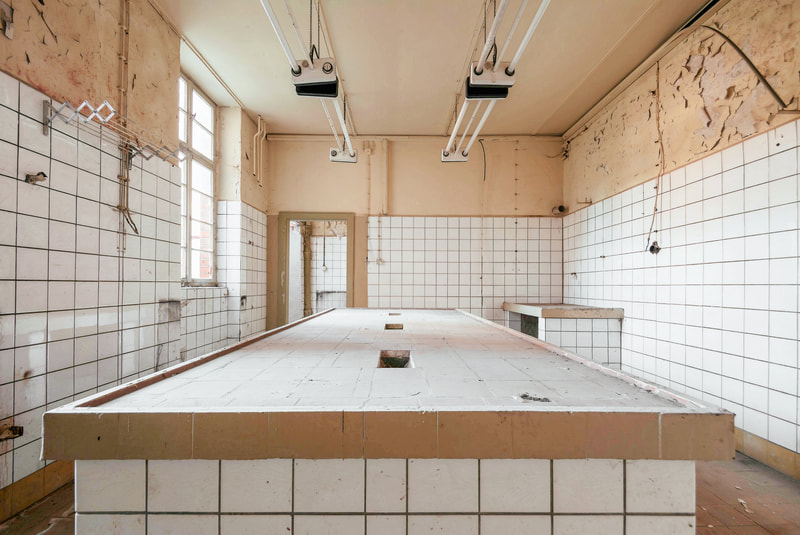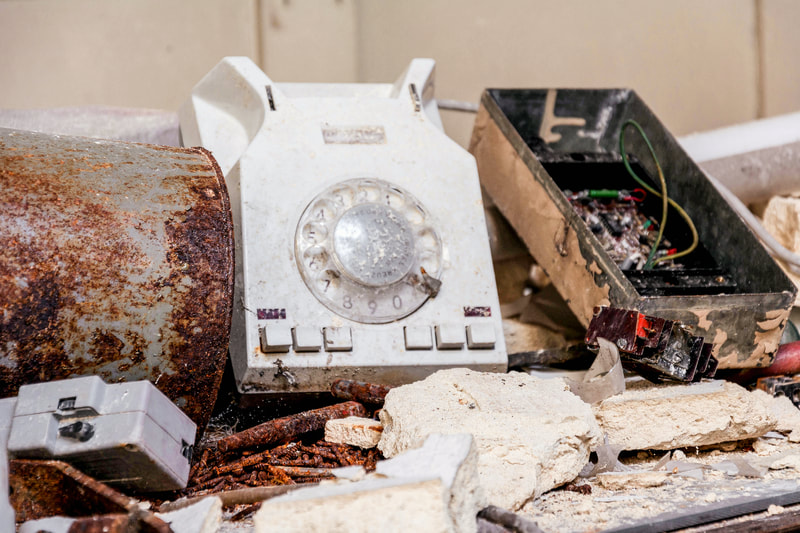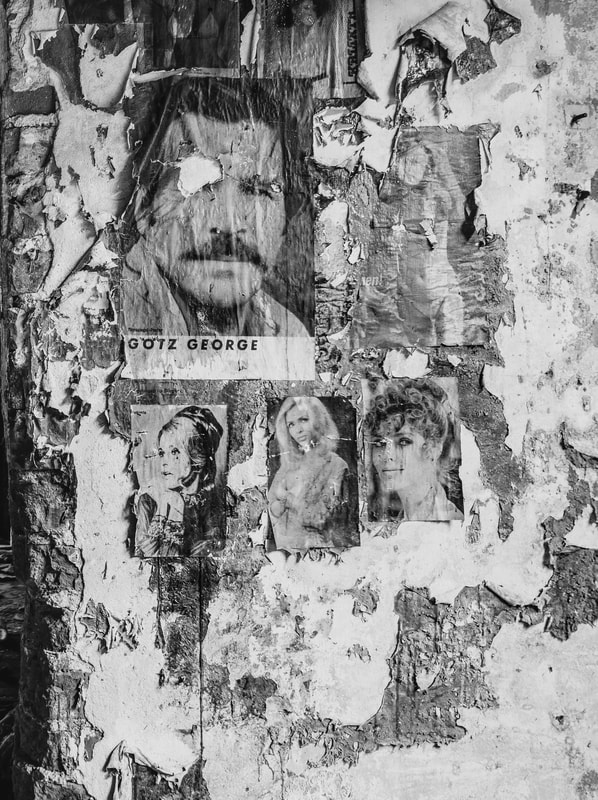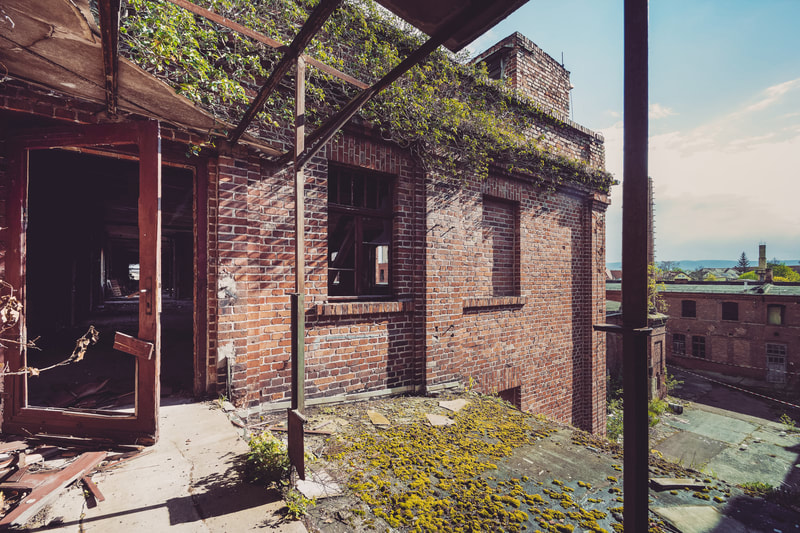VEB Farbchemie Quedlinburg - Farbenfabrik Wilhelm Brauns
(abgerissen oder renoviert/demolished or renovated)
"All the world is a laboratory to the inquiring mind."
(Martin H. Fischer)
(Martin H. Fischer)
Die alte Farbenfabrik im Osten Deutschlands wurde in den späten 1870er Jahren von dem Unternehmer Wilhelm Brauns gegründet. Zuerst stellte dieser giftfreie Farben für den häuslichen Gebrauch her. Dem Erfolg seiner Produktion geschuldet, entstand dann die Farbenfabrik, die nun auch Teerfarben (Anilinfarben) für die Industrie herstellte. Zu DDR-Zeiten wurde die Fabrik, wie damals üblich, verstaatlicht und in den Volkseigenen Betrieb (VEB) Farbchemie umgewandelt. Nach der Wende bekam der alte Eigentümer zwar seinen Betrieb zurück, jedoch hielt sich dieser am alten Standort nur noch gute zehn Jahre. Seitdem steht das Fabrikgelände leer und verfällt zusehends.
Heute ist das großflächige Areal nicht nur vom natürlichen Verfall gezeichnet, sondern auch durch deutliche Spuren, die wohl eher ungebetene Gäste hinterlassen haben dürften. So waren auf dem Gelände der Industriebrache bereits mehrere Brände ausgebrochen. Persönlich habe ich das Gelände als Idyll in der Stadt erlebt. Friedlich und menschenleer.
Heute ist das großflächige Areal nicht nur vom natürlichen Verfall gezeichnet, sondern auch durch deutliche Spuren, die wohl eher ungebetene Gäste hinterlassen haben dürften. So waren auf dem Gelände der Industriebrache bereits mehrere Brände ausgebrochen. Persönlich habe ich das Gelände als Idyll in der Stadt erlebt. Friedlich und menschenleer.
The old paint factory, located in Eastern Germany, was founded by Wilhelm Brauns in the late 1870s. First, he produced non-toxic paints for domestic use only. Yet, due to his prospering business, the actual paint factory was erected, which started to produce coal tar dyes for industrial purposes from that point on. During the GDR (German Democratic Republic) era, the factory was expropriated (which was common practice in those times) and turned into state owned property. After the German reunification the former owner got his business back, yet since then it had only been successful for not far more than around ten years. After the bankruptcy, the factory grounds have been abandoned and are still in a decaying state.
This day the factory grounds are not only shaped by natural decay but also by traces of uninvited guests. Thus, for example, parts of the now industrial wasteland were badly affected by several cases of arson. Despite all of that, I really enjoyed the peace and quietness of that place today located right in the middle of an actual busy town.
This day the factory grounds are not only shaped by natural decay but also by traces of uninvited guests. Thus, for example, parts of the now industrial wasteland were badly affected by several cases of arson. Despite all of that, I really enjoyed the peace and quietness of that place today located right in the middle of an actual busy town.

Ansicht der Fabrik auf einem alten Briefkopf, ca. 1930 - Old letterhead showing the factory, ca. 1930
(gemeinfrei - in the public domain)
Satellitenaufnahme - Aerial Image
(©google-earth 2017)


